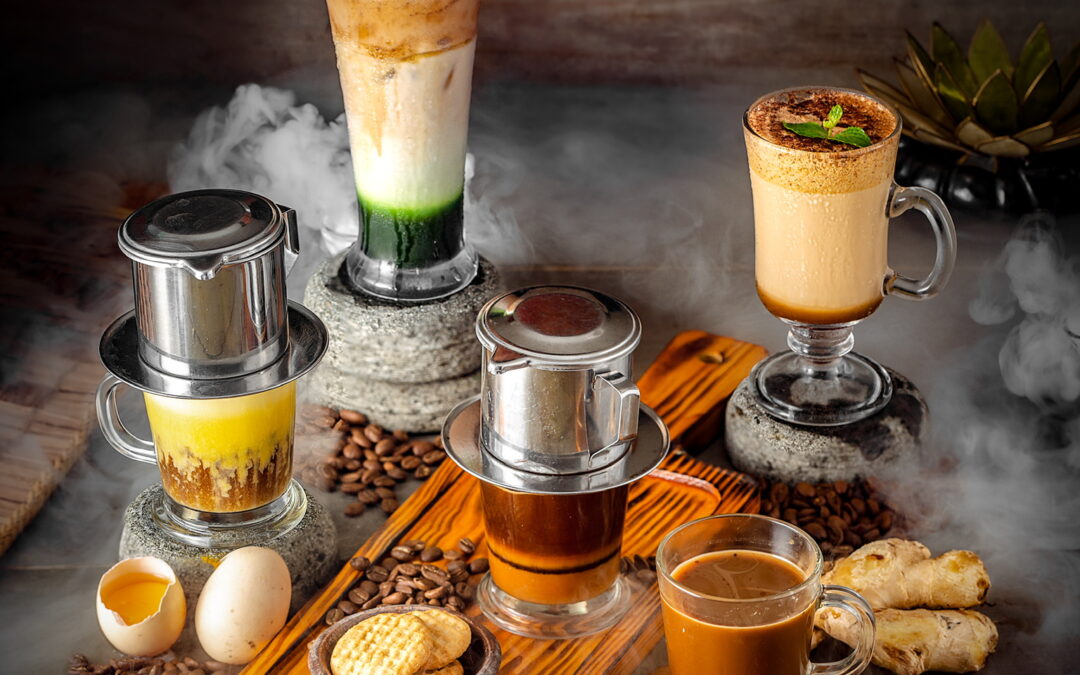Talk about food photography with artificial light, we have 5 ways to create it !
This is true that natural light plays an important role in food photography. However, not all food photographers are lucky enough to get natural light for their photo set.
Some of the non-technical issues such as bad weather can ruin all of their natural-lighting plans. This is where artificial light can save the day. Find out 5 easy ways to use artificial light in food photography.
#1. Food Photography with Artificial Light 1 : Remove the Overhead Kitchen Lights
If you want to use artificial light to take food photos in the kitchen, make sure that you get rid away of the overhead lights first.
This is because the light on the ceilings will point out directly to the dish. It will fade away the texture of the food and makes it less attractive. As an alternative, you can use several stand-alone lighting units to highlight all the angles of the photo object.
#2. Food Photography with Artificial Light 2 : Turn Off All Other Light Sources in the Room
Using artificial light indoor for food photography needs you to work with only one light source. In this way, make sure that you turn off all other lights in the room and close the curtains to block any natural light from outside.
Additionally, working with only one source of light will provide you with full controls of the light angles, color tunes, and the overall look of the pictures.

#3. It’s More than Just the Light
Keep in mind that using artificial lighting in food photography is more than just plugging in lighting units. You need to know everything about the artificial lighting itself.
This includes how to use the reflector, the light, the background, the diffuser, and all the tools to control the light for your photography purposes. In other words, using artificial light means that have to understand the entire harmonious set-up.

#4. Take Photos in a White Surface
This is one of the best tricks you can use to evaluate as well as adjust the white balance of the food photos. The white surface used will allow you to see any potential issues right away when you use unusual color tones in the pictures. In this way, you can use your camera to create a custom white balance adjustment to fix anything during the editing process.
#5. Get Used to with the Manual Setting of Your Camera
Last but not least. Make sure that you know how to use your camera settings manually. You need to get used to how to use white balance mode, the ISO, shutter speed, aperture, and other manual settings of the camera. They are all important to optimize the artificial lighting for your food photography.


